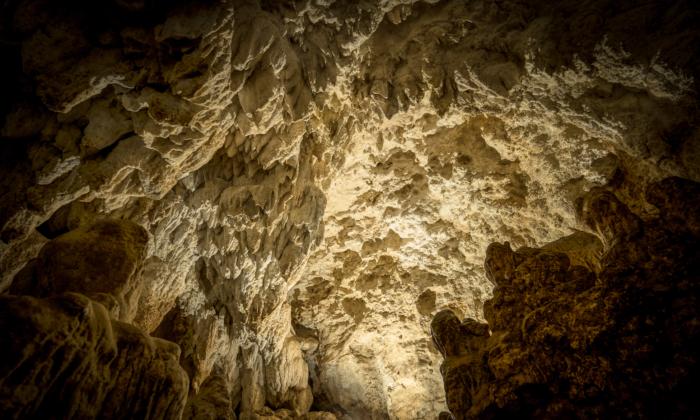Is it possible that throughout history, a different kind of people—little people like the elves or dwarves of lore—once populated the earth?
Some evidence has emerged over the years suggesting such people may have lived in various regions around the world. They are often described as about 3 feet tall and preferring to avoid contact with humans.
Indonesia’s ‘Hobbit’
In 2003, the remains of a one-meter-tall woman in her 30s were unearthed at Liang Bua cave on the island Flores of Indonesia. Due to her stature, she has been nicknamed “the hobbit.”She was unearthed with other individuals but hers was the only complete skeleton. Eight others were with her but only fragments of their bones were found. Her species was named, Homo floresiensis, a smaller species of human largely regarded as extinct.
“Based on tooth eruption, and tooth wear, it seems that LB1 [skeleton’s archived name] was an adult at the moment of death, and based on the pelvic anatomy, it is possible to state that it was a female,” Ms. Cannelli added.
But how do we know that she was indeed a different species and not just a very short human? Continued studies on the skeleton showed that her brain was about a third of the size of a human brain.
“Recent research shows that the H. floresiensis’ brain was 426 cubic centimeters,” wrote Ms. Cannelli.
Homo floresiensis had a small brain and an unpronounced chin, and although no one in recent times has seen one, it is impossible to say for certain that they have gone extinct.
Kenya’s Agumba
Other evidence of little people has been discovered in Kenya, Africa. They were called the Agumba, and in recent years, it is unknown where they have gone. We only know that there have been no more reported sightings of them.“Assessments of their height ranged from two feet to about 4.5 feet tall,” she said, and went on to cite various sources that called the Agumba “stocky and clever,” “rich, fierce, and touchy,” with “hideous features,” having “big heads, light brown skin,” and keeping long beards. They are said to have spoken a language “like the twittering of birds.”
The majority of the history of the little people was passed down orally, but there is concrete evidence of their existence in the remnants of their living accommodations. The Agumba are said to have lived in pits dug on plateaus. Many of these pits have been destroyed through agricultural expansion. Other pits are in the Aberdeen forest which is currently a protected reserve.
Inside these underground living situations, pottery and different tools could be found. The depths of the pits are all under five feet with some being only one foot deep.
“The pits showed signs of having had some form of entrance, with all entrances facing Mt Kenya, and these may have been of a tunnel-like nature. ... there have been suggestions that the pits may have been used for other purposes, such as trapping game, existing evidence supported the tradition that they were actually inhabited,” wrote Ms. Kabiru.
They are described in the lore as “little people” or “shy, hairy dwarfs.” Mr. Fadiman noted, however, some conflicting lore places tall, slender, cattle-keeping people in the area dwelling in the pits or caves.
Hawaii’s Menehune
While many may recognize the name of Hawaii’s little people, the Menehune, they also remain shrouded in mystery.An Australian named Thomas George Thrum immigrated to Hawaii in 1853. He accumulated oral accounts of the Menehune people from Kauai and Oahu.
Legends say that the Menehune were around three feet tall and they were active at night, quickly leaving for shelter at daybreak. They are known for amazing feats of labor, especially for such small people.
The construction of Kīkīaola, a historic 24-foot (7.3 meter) high irrigation channel, is attributed to them.
Iceland’s Elves
In Iceland, elves and their habitats have been protected by law. In 2014, a judge ruled that highway construction be canceled because elves may be living in the area, reported local publication Ice News.“After many failed attempts, where heavy machinery had continually broken down for no apparent reason and numerous workers had suffered freak accidents, the construction company was forced to move the road so that it would bypass the elfin community completely,” the guide said.








